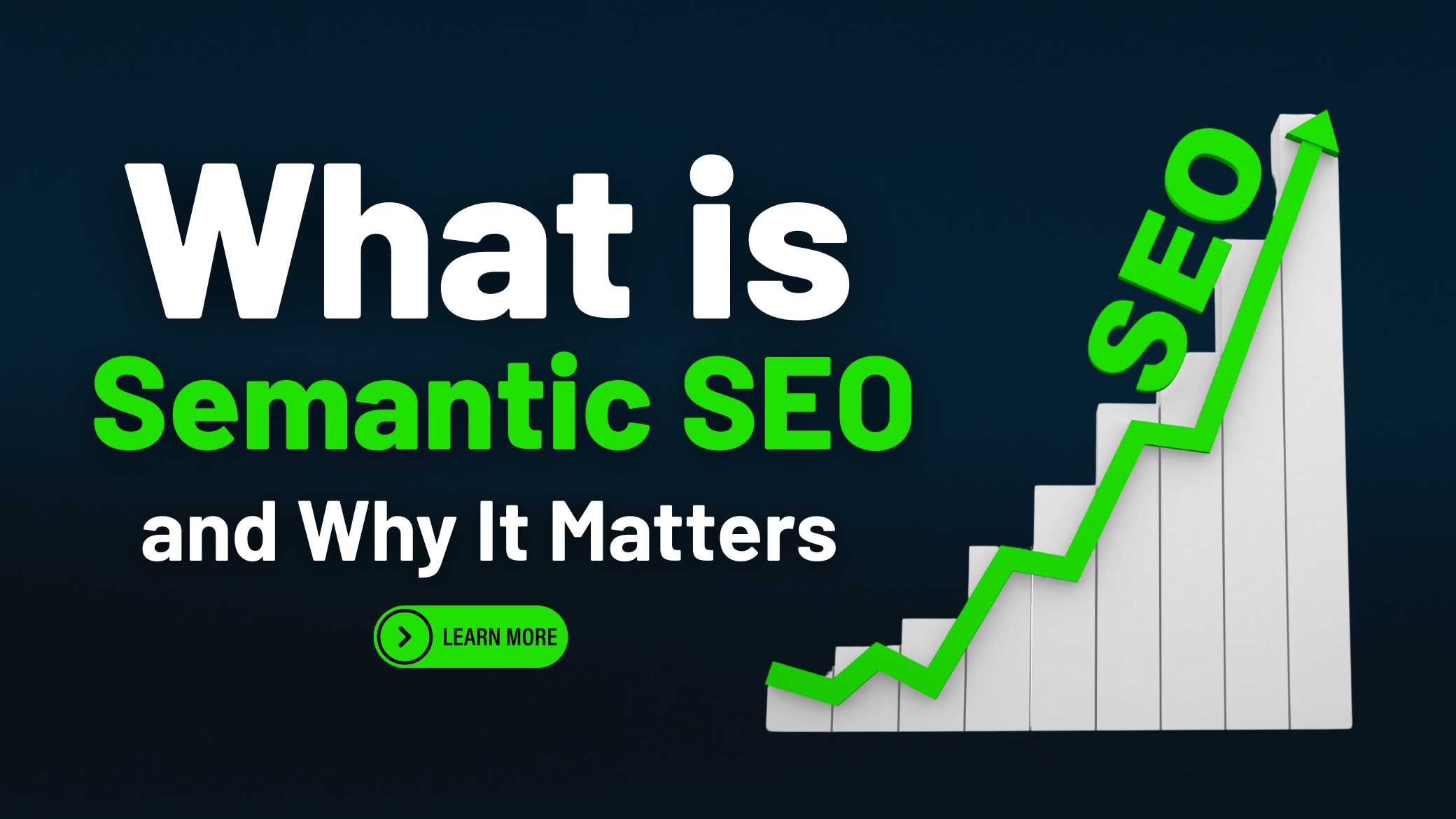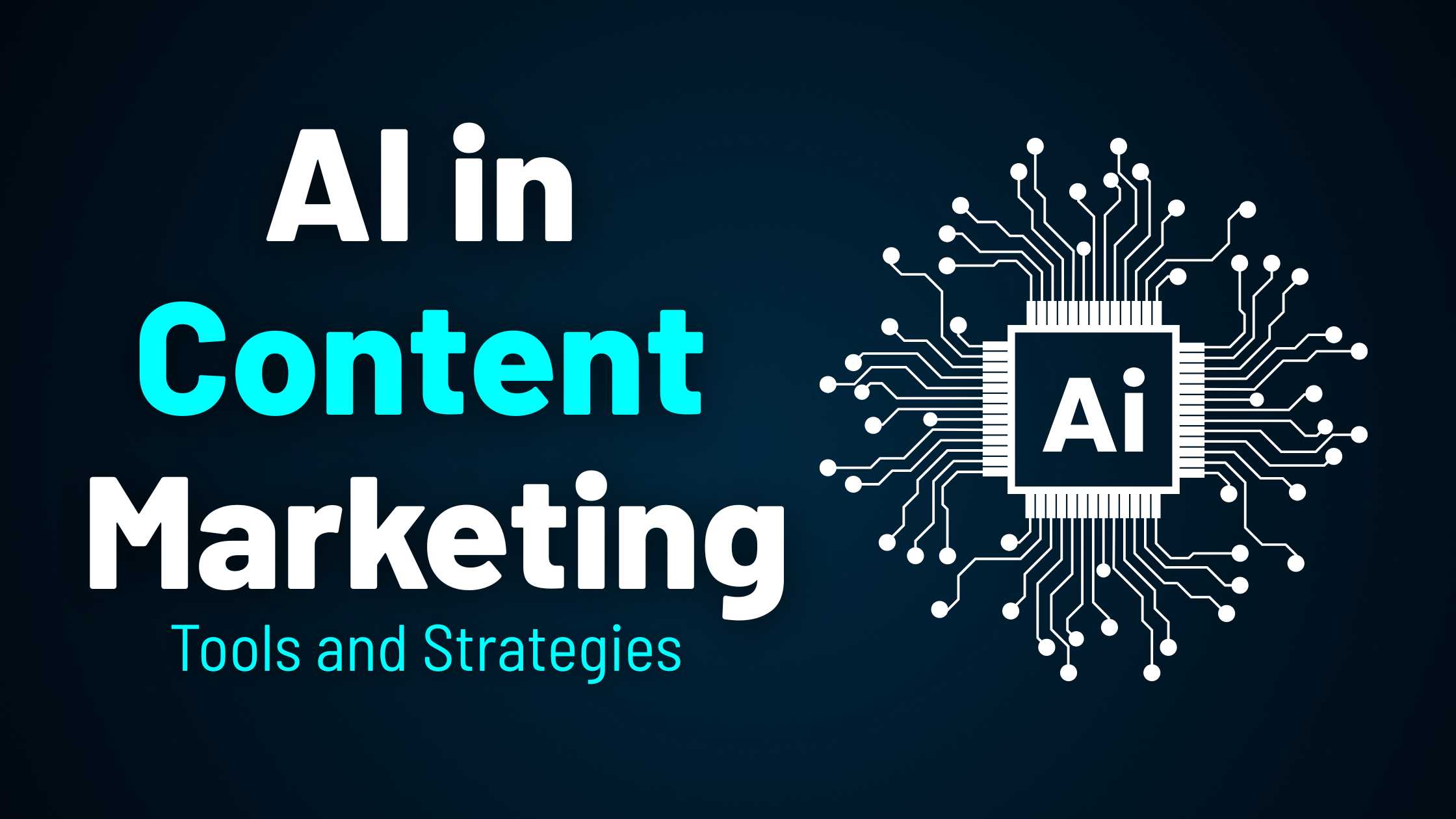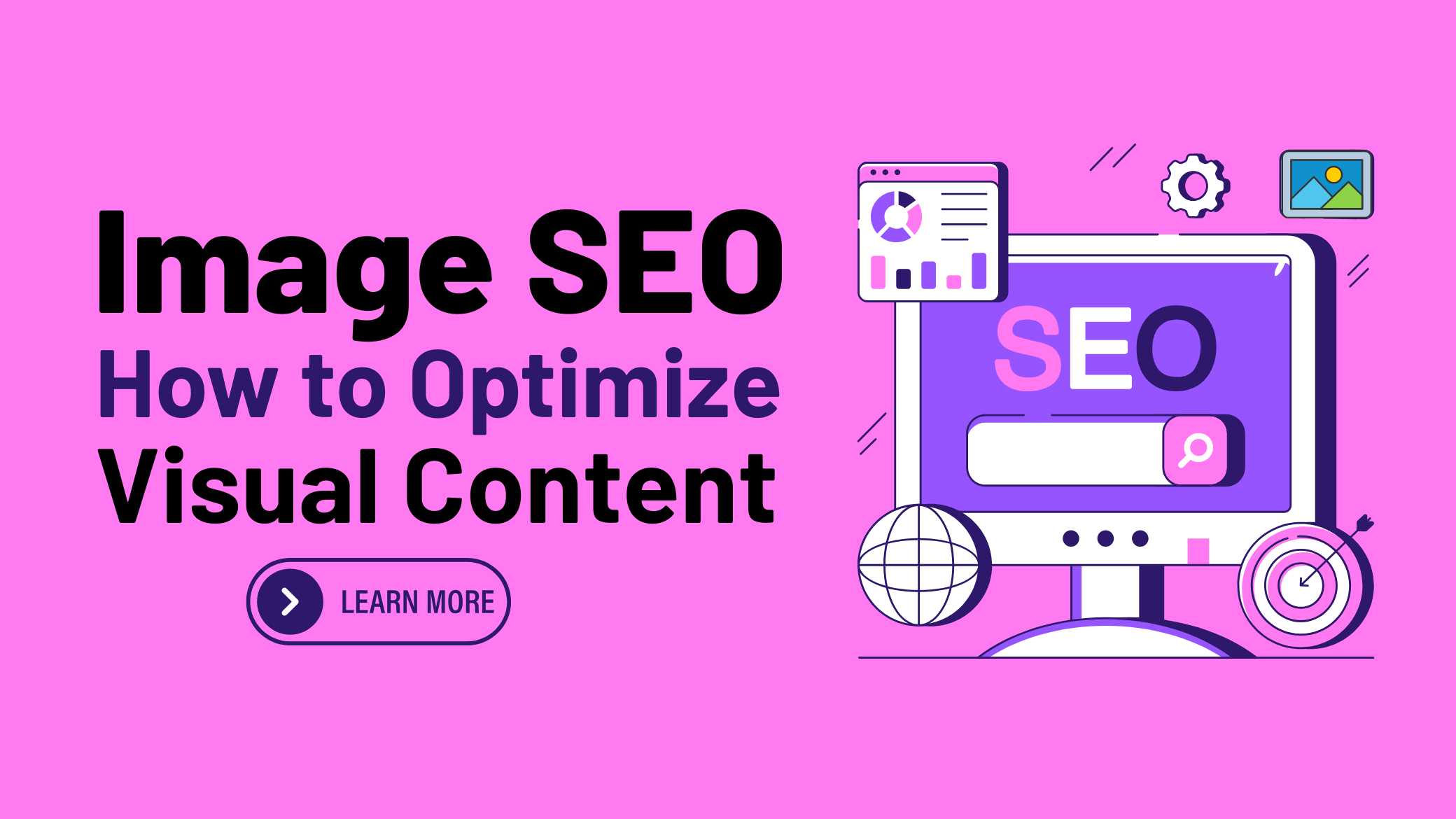What is Semantic SEO : In the constantly evolving landscape of digital marketing and search engine optimization (SEO), staying ahead of the curve is critical. Traditional SEO practices such as keyword stuffing, backlinking, and optimizing title tags are no longer sufficient for dominating search engine result pages (SERPs). In 2025, the spotlight has firmly shifted toward Semantic SEO, a strategic approach that emphasizes search intent, context, and topic relevance over mere keyword repetition.
Table of Contents
This comprehensive guide dives deep into what Semantic SEO is, how it works, and why it is essential for modern SEO success.
Understanding the Basics: What is Semantic SEO?

Semantic SEO is the practice of optimizing content to improve the meaning and intent behind the search queries rather than just focusing on individual keywords. The term “semantic” comes from the Greek word semantikos, which means “significant” or “meaningful.” In SEO, semantics refer to understanding the meaning behind the words users type into a search engine. Semantic SEO aims to provide highly relevant, context-rich content that addresses the search intent and connects various related concepts.
Also Read : Blogging vs Video Content : What Converts More ?
Search engines, particularly Google, now use advanced natural language processing (NLP) models such as BERT (Bidirectional Encoder Representations from Transformers) and MUM (Multitask Unified Model) to better understand context and relationships between entities. This means content creators must now focus on topics, concepts, and user behavior—not just keywords—to rank effectively.
How Semantic SEO Differs from Traditional SEO
Traditional SEO focused on exact-match keywords, meta tags, and backlink profiles. While these elements are still important, Semantic SEO enhances them by incorporating contextual relevance. Here’s how the two approaches differ:
- Keyword vs. Topic: Traditional SEO optimized for individual keywords; Semantic SEO optimizes around a broader topic and its related subtopics.
- Literal vs. Intent-Based: Traditional SEO targeted literal keyword usage; Semantic SEO addresses the underlying intent behind the query.
- Page-Level vs. Entity-Level: Traditional SEO looks at on-page factors; Semantic SEO focuses on entity relationships and semantic relevance across your entire domain.
Why Semantic SEO Matters in 2025
With algorithm updates becoming increasingly sophisticated, search engines now prioritize content that delivers value and satisfies user intent. Semantic SEO matters more than ever because:
- Google’s NLP Algorithms Are Smarter: Google’s BERT and MUM allow it to understand nuances in language and context, forcing content creators to optimize semantically.
- Voice Search & Conversational AI Are Growing: With voice assistants like Alexa, Siri, and Google Assistant becoming integral to everyday life, natural, conversational search queries are the norm. Semantic SEO enables your content to align with these patterns.
- User Experience & Engagement Are Ranking Signals: Semantic content answers questions thoroughly, keeping users on the page longer and reducing bounce rates—key ranking factors.
- E-A-T and Content Authority: Google’s focus on Expertise, Authoritativeness, and Trustworthiness (E-A-T) values in-depth content that provides complete information, often supported by semantically related concepts.
Core Principles of Semantic SEO
To implement Semantic SEO effectively in 2025, understanding its foundational principles is essential:
- Search Intent Optimization
Identify what users really want when they type a query. Are they looking for information, comparing options, or ready to buy? Tailor your content accordingly using intent-based keywords like “how to,” “best,” “near me,” “cheap,” etc. - Topic Clustering
Organize your content around topic clusters—a central pillar page (main topic) supported by multiple cluster pages (related subtopics). This structure signals semantic relationships to search engines. - Entity-Based SEO
Focus on entities (people, places, things, concepts) recognized by search engines. Tools like Google’s Knowledge Graph help identify related entities, boosting topical authority. - Content Depth and Relevance
Go beyond surface-level content. Include definitions, examples, FAQs, use cases, and expert insights. Use semantically related terms, synonyms, and contextual vocabulary. - Schema Markup and Structured Data
Use schema.org vocabulary to add structured data to your site. This helps search engines understand the semantic meaning of your content and increases the chances of rich results. - Internal Linking
Connect semantically related pages with strategic internal links. This not only improves user navigation but also strengthens your site’s topical relevance and authority.
How to Implement Semantic SEO in 2025
Step 1: Conduct Semantic Keyword Research
Instead of relying solely on exact-match keywords, identify semantically related phrases and long-tail keywords. Use tools like:
- Google’s “People Also Ask” and “Related Searches”
- AnswerThePublic
- SEMrush’s Keyword Magic Tool
- LSIGraph
Look for question-based keywords and natural language phrases to optimize for both search and voice queries.
Step 2: Build Topic Clusters and Content Hubs
Create a content strategy that revolves around key pillars. For example, if your main topic is “Digital Marketing,” your cluster pages might include:
- SEO Strategy
- Email Marketing Tactics
- Social Media Campaigns
- PPC Advertising
Each page should interlink and provide unique, in-depth insights while supporting the core pillar.

Step 3: Optimize Content with Semantic Relevance
Use related keywords and NLP-friendly structures. Include FAQs, definitions, case studies, and in-depth guides. Avoid keyword stuffing—use variations naturally.
Step 4: Leverage Schema Markup
Apply relevant structured data such as:
- Article schema
- FAQ schema
- Product schema
- Review schema
Schema improves visibility in rich snippets and makes your content more machine-readable.
Step 5: Improve Internal Linking Strategy
Link contextually between related articles. Use descriptive anchor texts that reflect the semantic relationship between the pages. Avoid generic links like “click here.”
Step 6: Monitor and Optimize for User Intent
Use tools like Google Search Console and Hotjar to assess user engagement metrics. Adjust content layout, readability, and CTA placements based on behavior insights.
Step 7: Use AI Tools for Semantic Content Creation
Advanced AI tools like ChatGPT, Surfer SEO, and Frase.io analyze SERPs and suggest semantically relevant topics, keywords, and content structures. These tools can streamline your semantic SEO strategy.
Benefits of Semantic SEO
- Higher Search Rankings
By addressing search intent and building topical authority, your content becomes more valuable in the eyes of search engines, leading to higher SERP rankings. - Better Voice Search Compatibility
With voice search increasing, content written in natural language and semantically optimized is more likely to match spoken queries. - Increased Organic Traffic
Content that ranks for multiple semantically related keywords captures a wider audience, driving more organic traffic. - Improved Dwell Time and Engagement
In-depth, context-rich content keeps users engaged longer, reduces bounce rates, and improves time on page—key metrics for SEO success. - Enhanced Authority and Brand Trust
Semantic SEO encourages expertise-driven content, reinforcing your brand’s authority and trustworthiness.
Common Mistakes to Avoid in Semantic SEO
- Focusing only on keywords without addressing search intent
- Ignoring content structure and topical hierarchy
- Overlooking schema markup, which limits your rich results potential
- Failing to update content as search behaviors and queries evolve
- Neglecting internal linking, which weakens semantic connections
Semantic SEO in Action: Real-World Example
Imagine you run a site about digital marketing. Instead of only writing a single article targeting the keyword “SEO tips,” Semantic SEO would involve:
- Creating a comprehensive pillar post on “Complete Guide to SEO”
- Publishing subtopic articles like “On-Page SEO Techniques,” “Technical SEO for Beginners,” “Mobile SEO Best Practices,” etc.
- Interlinking all related content pieces
- Including structured data to enhance search snippets
- Using semantic keywords like “Google ranking factors,” “organic visibility,” “SEO audits,” etc.
This holistic content strategy will not only satisfy multiple user intents but also establish your domain as an authoritative entity in the digital marketing niche.
Future of Semantic SEO – What to Expect in the Coming Years
As AI and machine learning continue to evolve, the future of Semantic SEO will likely involve:
- Hyper-personalized content experiences powered by predictive search
- Deeper integration of AI tools for automated content optimization
- Voice and visual search enhancements making semantic optimization essential
- Greater emphasis on intent modeling using behavioral data
Semantic SEO is no longer optional—it’s the standard for modern content marketing strategies. Adopting it early positions your brand for long-term visibility, authority, and success in the search-first world of 2025.
Conclusion

Semantic SEO is revolutionizing how websites rank, how content is created, and how search engines understand user needs. In 2025, businesses and content creators who invest in semantic strategies will outperform those stuck in traditional keyword-centric mindsets.
Buy Now : SEO Mastery Detailed Course
By focusing on context, relationships, user intent, and topical authority, Semantic SEO allows you to future-proof your digital marketing efforts, boost your search visibility, and build deeper trust with your audience. Whether you’re optimizing blogs, product pages, or informational hubs, embracing semantic SEO practices is the smartest way forward in the era of intelligent search.
Disclaimer: The strategies discussed in this article are based on current trends and best practices in 2025. Algorithm changes by search engines may impact results. Always monitor your SEO performance and stay updated with industry changes.
Keywords : What is Semantic SEO – What is Semantic SEO 2025 – What is Semantic SEO Guide , What is Semantic SEO Check List.








